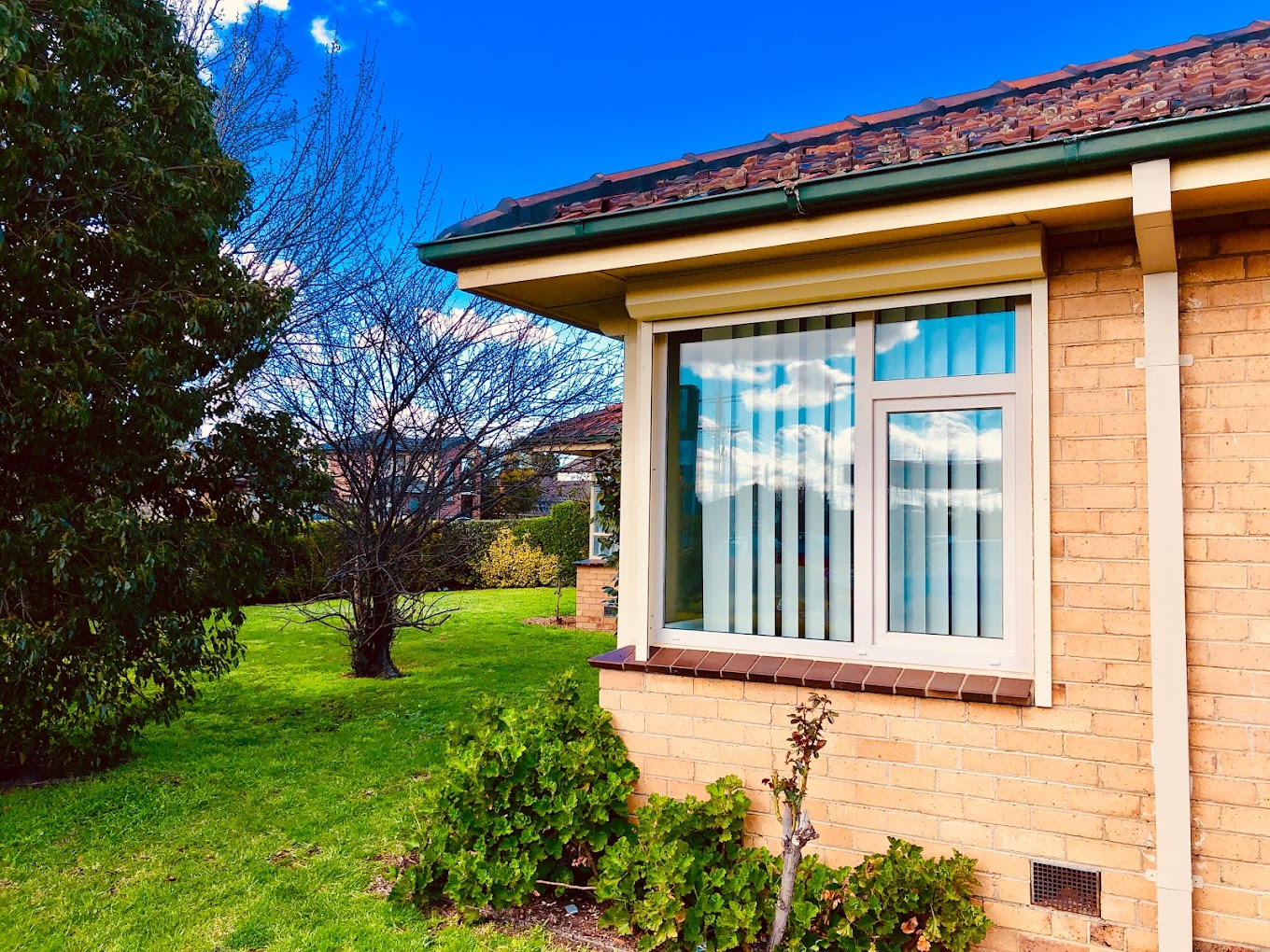All Categories
Featured
Table of Contents
Enjoy Your Summer More With Double Glazed Windows in Middle Swan Perth
Glazing merely indicates the windows in your house, consisting of both openable and fixed windows, in addition to doors with glass and skylights. Glazing really simply indicates the glass part, but it is generally utilized to refer to all aspects of an assembly including glass, films, frames and furnishings. Paying attention to all of these aspects will assist you to attain efficient passive design.

Energy-efficient glazing makes your house more comfortable and significantly lowers your energy expenses. Unsuitable or inadequately created glazing can be a significant source of unwanted heat gain in summer and considerable heat loss and condensation in winter season. Approximately 87% of a home's heating energy can be gained and up to 40% lost through windows.
Carnegie 3163, Vic. Amazing Service By Aps Double Glazing in Mt Richon WA
Glazing is a significant investment in the quality of your house. The cost of glazing and the expense of heating and cooling your home are closely associated. An initial investment in energy-efficient windows, skylights and doors can considerably reduce your yearly heating & cooling expense. Energy-efficient glazing likewise minimizes the peak heating and cooling load, which can lower the required size of an air-conditioning system by 30%, resulting in additional cost savings.

This tool compares window choices to a base level aluminium window with 3mm clear glass. Understanding a few of the essential homes of glass will assist you to choose the best glazing for your home. Key properties of glass Source: Adapted from the Australian Window Association The quantity of light that goes through the glazing is called visible light transmittance (VLT) or noticeable transmittance (VT).
Save Energy With Double Glazed Windows in Mount Claremont Western Australia
This may lead you to change on lights, which will lead to greater energy costs. Conduction is how readily a product performs heat. This is called the U worth. The U value for windows (revealed as Uw), describes the conduction of the whole window (glass and frame together). The lower the U value, the higher a window's resistance to heat circulation and the better its insulating worth.
If your home has 70m2 of glazing with aluminium frames and clear glass with a U value of 6. 2W/m2 C, on a winter season's night when it is 15C colder outside compared to inside, the heat loss through the windows would be: 6. 2 15 70 = 6510W That is comparable to the total heat output of a big space gas heater or a 6.
What Is The Best Glazing For My Home? - Part 2 in Cooloongu Western Australia

If you pick a window with half the U worth (3. 1W/m2 C) (for example, double glazing with an argon-filled gap and less-conductive frames), you can cut in half the heat loss: 3. 1 15 70 = 3255W The solar heat gain coefficient (SHGC) for windows (expressed as SHGCw) determines how easily heat from direct sunshine flows through a whole window (glass and frame together).
The lower a window's SHGC, the less solar heat it transmits to the home interior. The real SHGC for windows is affected by the angle that solar radiation strikes the glass.
Save Energy With Double Glazed Windows in Inglewood Western Australia
When the sun is perpendicular (at 90) to the glass, it has an angle of occurrence of 0 and the window will experience the maximum possible solar heat gain. The SHGC stated by glazing makers is always determined as having a 0 angle of incidence. As the angle increases, more solar radiation is reflected, and less is transferred.
Latest Posts
How To Upgrade Your Garden's Summer House For Year- ... in Hilton WA
When Is The Best Time Of Year To Replace Windows? in Hovea Western Australia
Sustainability in Coolbellup Perth